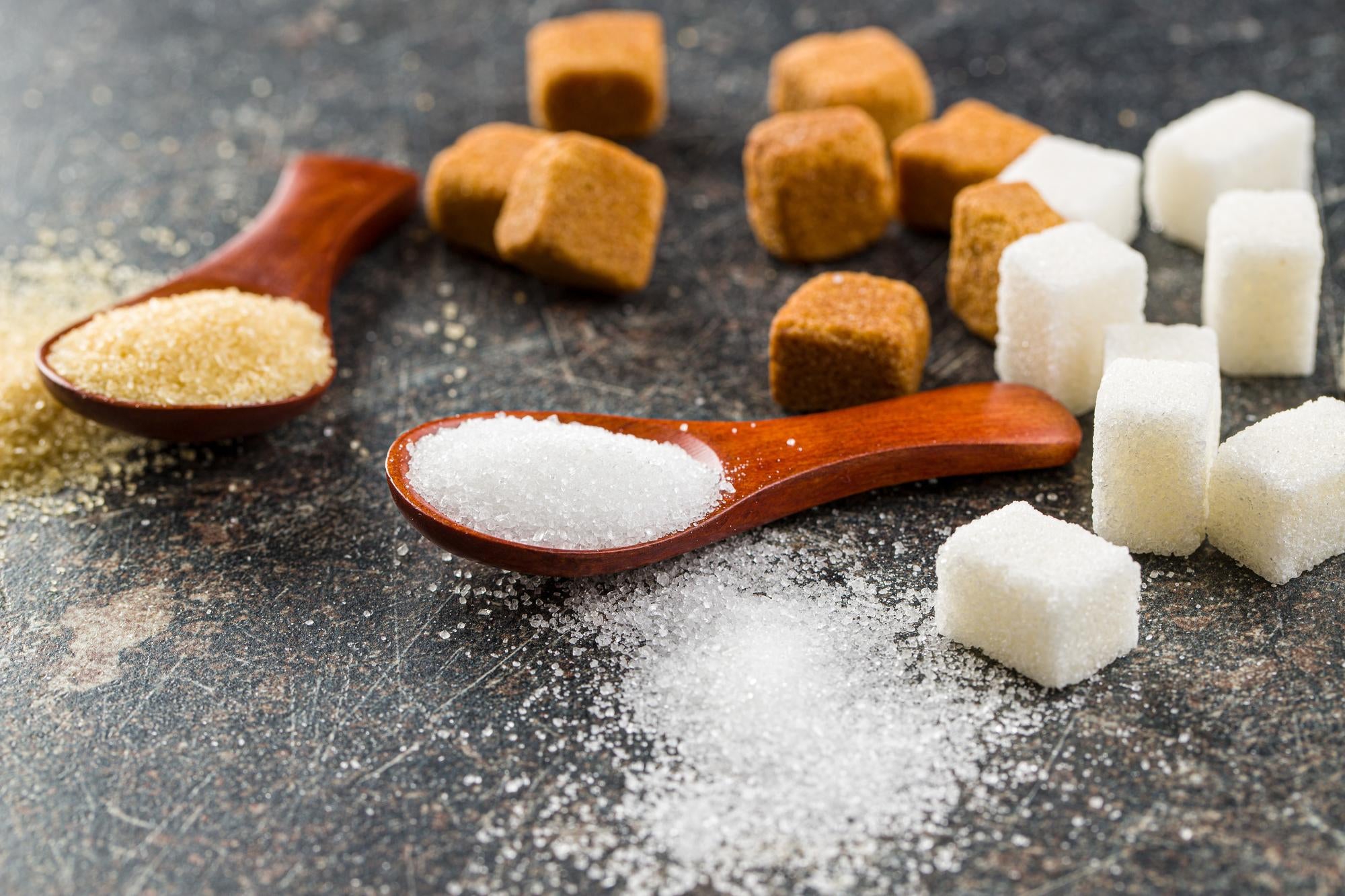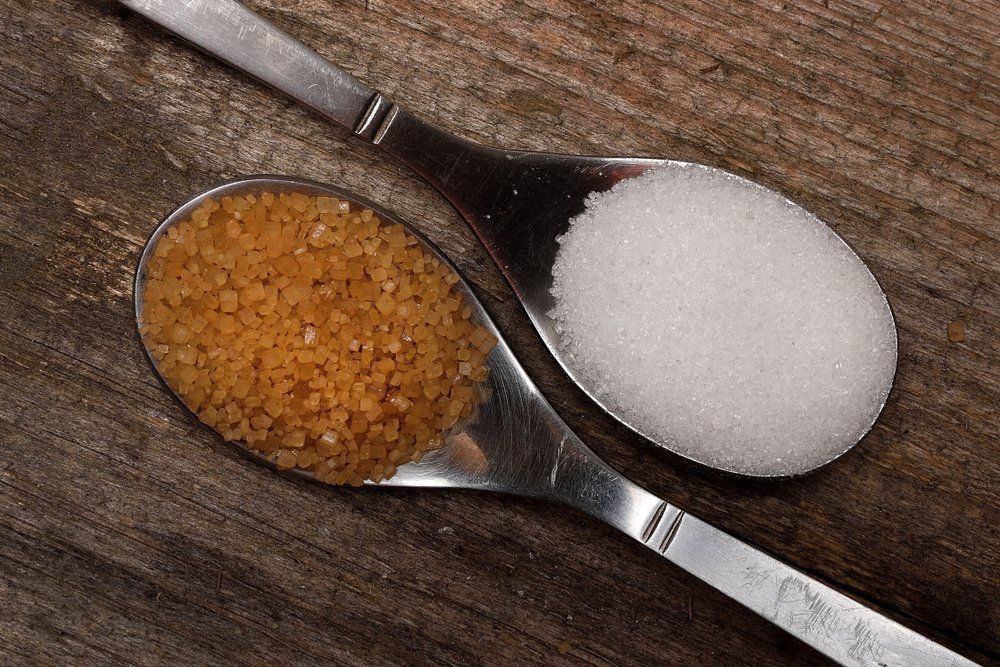Beet Sugar vs. Cane Sugar: Trick Differences You Should Know
The difference between beet sugar and cane sugar extends beyond their comparable chemical make-ups; it encompasses their origins, production approaches, and possible health implications. While both types of sugar serve as typical sugar, their different backgrounds-- beet sugar arising in 19th century Europe and cane sugar mapping back to ancient Southeast Asia-- set the stage for a deeper exploration of their production processes and nutritional profiles.
Origins of Beet Sugar
Although beet sugar has become a considerable gamer in the international sugar market, its beginnings can be mapped back to the very early 19th century when European researchers began discovering different resources of sugar. The turning point happened in 1801 when German chemist Andreas Marggraf identified sugar in the white beet, a discovery that prepared for succeeding study and business applications.
The procedure of refining beet sugar was more progressed by his pupil, Franz Karl Achard, that developed the initial beet sugar factory in Prussia in 1806. This development accompanied the Napoleonic Wars, during which trade disruptions led to an enhanced need for domestic sugar production in Europe. beet sugar vs cane sugar. Because of this, beet sugar got traction, particularly in countries like France and Germany

Origins of Cane Sugar
Cane sugar, originated from the sugarcane plant, has a rich history that goes back thousands of years, mostly in tropical regions where the plant prospers. The earliest proof of sugarcane cultivation can be mapped to New Guinea and Southeast Asia around 8,000 BCE. From these beginnings, expertise of sugarcane infect India, where it was first processed right into taken shape sugar by the 5th century CE.
As profession paths established, sugarcane reached Persia, the Mediterranean, and eventually Europe, where it was originally related to as a luxury item. The growth of sugar production took place throughout the Islamic Golden Era, which helped with the transfer of agricultural methods and innovations. By the 15th century, the demand for sugar surged, triggering European countries to develop haciendas in the Caribbean and South America.
This shift not only transformed the agricultural landscape of these regions however additionally had significant socio-economic implications, including the reliance on enslaved labor. Cane sugar, once a rare product, ended up being a staple in diet plans worldwide, laying the foundation for the worldwide sugar market we acknowledge today. Comprehending its origins is vital for valuing cane sugar's influence on cooking practices and economies.
Production Processes
The production for both beet sugar and cane sugar entail numerous crucial actions that change raw products right into the crystalline sweeteners typically used today. For beet sugar, the procedure starts with collecting sugar beetss, which are after that washed and sliced into thin cossettes. These cossettes go through warm water removal, permitting the sugar to dissolve. The resulting juice undertakes purification, typically involving lime and co2 therapy to remove impurities. The clarified juice is after that focused with evaporation, and formation happens as the syrup cools. Finally, the sugar crystals are divided from the molasses and dried.
In contrast, cane sugar production starts with the harvesting of sugarcane, which is squashed to extract web the juice. This juice is additionally purified making use of lime and warm. Adhering to purification, the juice is vaporized to form a syrup, which is after that crystallized. The sugar crystals are centrifuged to divide them from the remaining syrup, understood as molasses, and subsequently dried out. While both processes share resemblances, the resource material and certain approaches cause distinct features for beet and cane sugars, affecting the preferences of makers and customers alike.
Nutritional Contrast
When contrasting the nutritional profiles of beet sugar and cane sugar, it is necessary to acknowledge that both sweeteners are primarily composed of sucrose, resulting in comparable energy material and caloric values (beet sugar vs cane sugar). Both sorts of sugar typically include regarding 4 calories per gram, making them equal in regards to energy arrangement
Along with sucrose, both beet and cane sugars include trace amounts of minerals and vitamins; however, these quantities are negligible and do not dramatically add to everyday dietary needs. Both might include minute levels of magnesium, potassium, and calcium, but these are not existing in adequate amounts to offer any kind of significant wellness benefits.
In addition, the absence of fiber in both kinds of sugar underscores their function as pure sugar as opposed to resources of nutrition. beet sugar vs cane sugar. While they may give a quick source of power, their lack of necessary nutrients emphasizes the importance of moderation in usage
Eventually, from Extra resources a purely nutritional viewpoint, beet sugar and cane sugar are essentially tantamount, making the choice between the two largely dependent on variables such as taste choice, availability, and environmental considerations.
Wellness Ramifications
While beet sugar and cane sugar share comparable dietary accounts, their health implications necessitate consideration beyond simple make-up. Both sugars are largely composed of sucrose, which can result in similar metabolic results; excessive consumption can add to obesity, diabetic issues, and heart diseases. The source and manufacturing processes of these sugars might affect their total wellness effect.
Beet sugar is typically produced using questionable chemicals, such as phosphoric acid, which may leave trace deposits. On the other hand, cane sugar undertakes a more conventional refining procedure, which tends to be much less chemical-intensive. The visibility of these deposits in beet sugar might increase worries for delicate populaces or those looking for to lessen chemical exposure.

Additionally, the farming practices of sugar beetss and sugar cane may vary, with the former commonly involving even more intensive farming techniques that can influence soil wellness and biodiversity. This farming context might affect the broader health ramifications of sugar usage on a populace degree.
Ultimately, while both beet and cane sugars serve similar duties in the diet, customers need to think about the nuances of manufacturing and sourcing when making educated choices regarding their sugar intake.
Conclusion

While both kinds of sugar serve as usual sweeteners, their different backgrounds-- beet sugar emerging in 19th century Europe and cane sugar mapping back to ancient Southeast Asia-- established the phase for a much deeper exploration of their production and dietary great post to read profiles.The procedure of refining beet sugar was further advanced by his student, Franz Karl Achard, who established the initial beet sugar manufacturing facility in Prussia in 1806.The production for both beet sugar and cane sugar entail a number of important steps that transform raw materials right into the crystalline sweeteners generally utilized today. For beet sugar, the process starts with gathering sugar beetss, which are after that cleaned and cut into thin cossettes. The removal processes additionally differentiate the two, with beet sugar making use of hot water extraction and cane sugar including squashing.